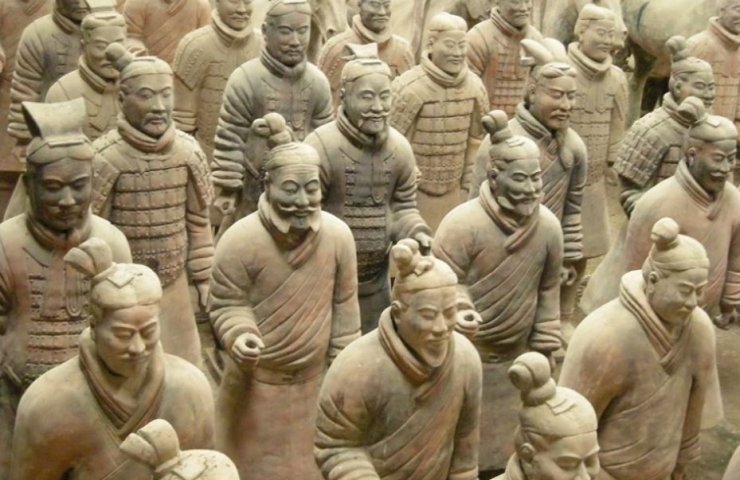The results of the latest study by Chinese and British scientists refute the previous version about the reasons for the absence of corrosion on the bronze weapons of the soldiers of the Terracotta Army during the Qin Dynasty.
Until recently, it was believed that the preservation of bronze elements of spears and swords in terracotta statues made more than 2,000 years ago was due to the technology of chrome plating.
According to the findings of previous studies, the bronze elements of the weapons, preserved in excellent condition, were treated with chromium dioxide before burial. However, experts from Cambridge, the Beijing University of Science and Technology and the Qin Shi Huang Mausoleum, in the course of re-examining 464 weapons, found traces of chromium on only 37 of them.
After that, the researchers decided to do a chemical analysis of the soil from the burial site. As a result, tin was found to be abundant in soil samples taken for analysis.
- The high content of chemical tin prevented the formation of acids that violate the integrity of the metal, - cites the conclusions of China Science experts.
Terracotta warrior statues were discovered in March 1974 at the burial site of Qin Shi Huang (Qin Shi Huang - the first emperor of the Qin dynasty, who is credited with the unification of China). The burial of the monarch is dated 210 or 209. BC.




